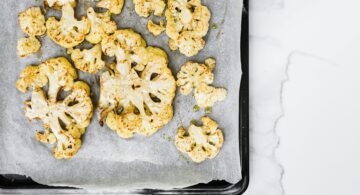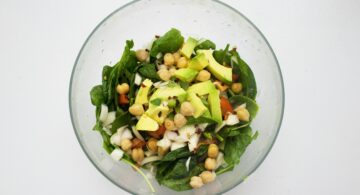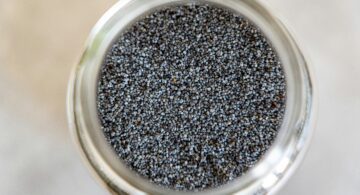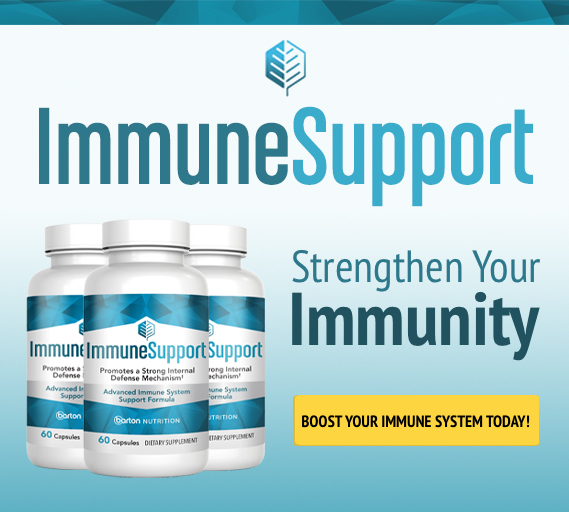Gluten Intolerance: Going Against the Grain
Anyone can experience some form of Gluten Sensitivity as a normal immune response to the presence of gluten in the body. Some people can have minor discomfort while others can have severe health problems.
The medical term for severe gluten intolerance is called “Celiac disease.” One in every 100 Americans is estimated to have Celiac disease, yet only 5% are successfully diagnosed. The other 95% are living in constant distress and failing health.
Those with mild or moderate gluten sensitivity may only experience symptoms occasionally and just chalk the discomfort up to the food.
What Is Gluten?
Gluten is a special type of protein that is commonly found in rye, wheat, and barley. Therefore, it is found in most types of cereals and in many types of bread. Not all foods from the grain family, however, contain gluten. Examples of grains that do NOT have gluten include:
- Wild rice
- Corn
- Buckwheat
- Millet
- Amaranth
- Quinoa
- Teff
- Oats
- Soybeans
- Sunflower seeds
Gluten can be removed from wheat flour, producing wheat starch. All of the gluten in wheat flour, however, cannot be removed. Still, according to the Food and Drug Administration (FDA), if a certain amount of the gluten is removed, the food product can be labeled “gluten-free.”
What is the Difference Between Celiac Disease
and Gluten Intolerance
Celiac disease is an immune reaction, a severe sudden onset allergic reaction, to the protein called gluten.
Gluten intolerance often has a slower onset than Celiac disease, and may be hard to diagnose due to the broad range of symptoms and causes.
Symptoms of gluten intolerance and Celiac disease can include:
- Abdominal pain
- Bloating
- Abnormal bowel movements
- Rashes
- Weight loss
- Vomiting
- Muscle weakness
- Fatigue
- Irritability
- Poor memory and inability to concentrate
- Osteoporosis
- Lactose Intolerance
- Cancer, especially intestinal lymphoma
- Depression
Today, Celiac disease and gluten sensitivity are very common because gluten is found in most of the ready made and prepackaged foods that most eat on a regular basis. Many people never even realize exactly what is causing their symptoms. In fact, approximately nine out of ten people suffering from Celiac disease are not aware of their gluten intolerance.
Is It Just The Grains You Are Eating Or Is It Actually The Gluten?
Well, therein lies the mystery. Food sensitivity is impossible to test for, so unless you are allergic to gluten, there is no sure fire way to find if you are gluten sensitive.
It is also important to determine whether you are allergic or sensitive to wheat, or only gluten.
If you have a gluten allergy, the cause of the problem is a mixture of protein fragments in wheat and other common cereal grains like rye, oats, and barley. Different kinds of wheat like semolina and spelt are unsafe. If gluten is your problem, you’ll have to eat other grains, like corn, rice, millet, sorghum, and quinoa.
If you have a wheat allergy, the cause of the problem is the protein in the wheat itself. Rye, oats, and barley may all be safe to eat.
The only way to know for sure what is causing your distress is to listen to your body. If you eat large amounts of foods containing gluten and you experience symptoms then you may be Gluten Intolerant. If it is just wheat products then you could have a wheat allergy.
If you feel you are having trouble with any of these grains, you best bet is to get an allergy test done and stay away from these grains as best you can.
Rules Of Thumb When Reading Food Labels
- Look for the word “Gluten Free“. Wheat Free is not the same thing.
- Shop at health food stores, these are your best bet when hunting for Gluten Free foods. You may also have to shop at a few different stores to get everything you are looking for. Many of these stores will have a list of Gluten Free foods.
- Look for foods that contain less then 4 ingredients.
- Don’t be afraid to call the manufacturer. They will know more about their products then most shop clerks.
Synonyms for Gluten:
- Bran
- Rye
- Spelt
- Malt
- Yeast
- Cuscus
- Flour
- Matzo
- Semolina
- Seitan
Some Hidden Sources of Gluten:
- Spices – Stick to organic
- Artificial colorings or flavorings
- Mono sodium glutamine
- Modified food starch – candy
- Textured vegetable protein
- Brewers yeast
- Graham flour
- Malt vinegar
- Malt flavoring
- Vegetable gum
- Soy sauce
- Stabilizers
- Emulsifiers
- Processed meats
The Benefits Of Taking A Gluten Free Approach To Eating
If you are gluten intolerant and discontinue consuming gluten, your quality of life and health will improve drastically. You will cease to suffer from the upset stomachs, diarrhea, cramping, gas, and vitamin deficiencies that are associated with the disease.
Removing gluten from your diet can be a difficult task because our society is conditioned to consuming pre-made, packaged and “to go” foods. The benefits of going non-gluten, including the reduction of symptoms, are certainly worth the effort.
How To Begin A Gluten Free Diet
The first step in beginning a gluten free diet is to be aware of the foods that contain gluten. Anything containing wheat, barely, rye, flour, triticale, spelt, semolina, durum, einkorn, bulgur, couscous, kamut, tabbouleh, cracker meal, or malt vinegar, also contains gluten. Therefore, any foods containing these ingredients must be completely eliminated from the diet.
Foods To Avoid:
- Breads
- Cakes and Baked Goods
- Breakfast Cereals
- Pasta
- Processed snacks
- Fried or breaded foods
- Lunch or other meats that include flour in the ingredients
- Soups and many other sauces
- Beer
- Salad Dressings and many other condiments
Foods you eat everyday are probably from this list and eliminating these foods from your diet may seem extremely overwhelming — or nearly impossible. Thankfully, since we have been educated in gluten sensitivity, there are many versions of the above foods specifically made to be gluten-free. With a little research you can find gluten free products in the specialty aisles of your grocery store, health food store and on the web. Many cookbooks have been published with great gluten free recipes.
Foods You Can Eat
All vegetables, fruits, lean meat, legumes, nuts and certain grains.
Acceptable grains are:
- Corn
- Quinoa
- Rice
- Potato
- Soy
- Arrowroot
- Tapioca
- Sago
- Flax
- Almond flour
- Polenta
All of these grains are easy-to-find baking substitutes. Popcorn is a healthy way to enjoy a crunchy, starchy, non-gluten snack.
An easy way to begin a gluten free diet is to make an effort to consume more raw foods and non-processed proteins. By simply reaching for fresh fruits and vegetables, instead of chips or other unhealthy snacks, a great amount of gluten can be eliminated from your diet. By adopting this “raw” foods exchange from processed food you will also help to supply yourself with a nutritionally rich diet.
When food products like breads, cereals, pastries, or beer simply cannot be avoided, take great care to select products that are specifically made for those avoiding gluten. While these diet changes may take a bit of time and adjustment, they will greatly help to treat Celiac disease or gluten sensitivity and will eliminate the discomforts associated with consuming gluten-rich food.
Should I Try A Gluten Free Diet?
Since it is nearly impossible to tell if you are suffering from gluten sensitivity, take a period of time (2-4 weeks) to test if you are suffering from any of the symptoms. If you notice that you are feeling much better and are having less gastrointestinal issues after trying this type of diet, you may want to make an effort to cut back on consuming gluten.
Not only is this diet a very healthy one, low in fat and high in fiber, it will also help stop your suffering from intestinal distress after consuming breads and grains.
Gluten Free Recipe: Sandwich Bread
Ingredients:
- 3 extra large eggs, beaten
- 3 tablespoons sunflower or canola oil
- 1 1/2 cups water
- 2 cups white rice flour
- 1 1/2 cup brown rice flour
- 2 1/4 teaspoons xanthan gum
- 3 1/2 tablespoon granulated sugar
- 1 1/2 teaspoon salt, optional
- 1/2 cup powdered milk
- 2 1/4 teaspoon active dry yeast
Directions:
- Preheat oven to 375 degrees.
- Blend all dry ingredients in a bowl.
- In a large mixing bowl, mix all wet ingredients until well blended.
- Add dry ingredients to wet and beat well, until dough is thick but not too stiff.
- Pour batter into a greased loaf pan.
- Cover and set aside in a warm location for one hour to rise.
- Once dough rises, bake for 50-60 minutes or until edges are well browned.
- Yield: 12-16 slices, or 1 loaf.






















